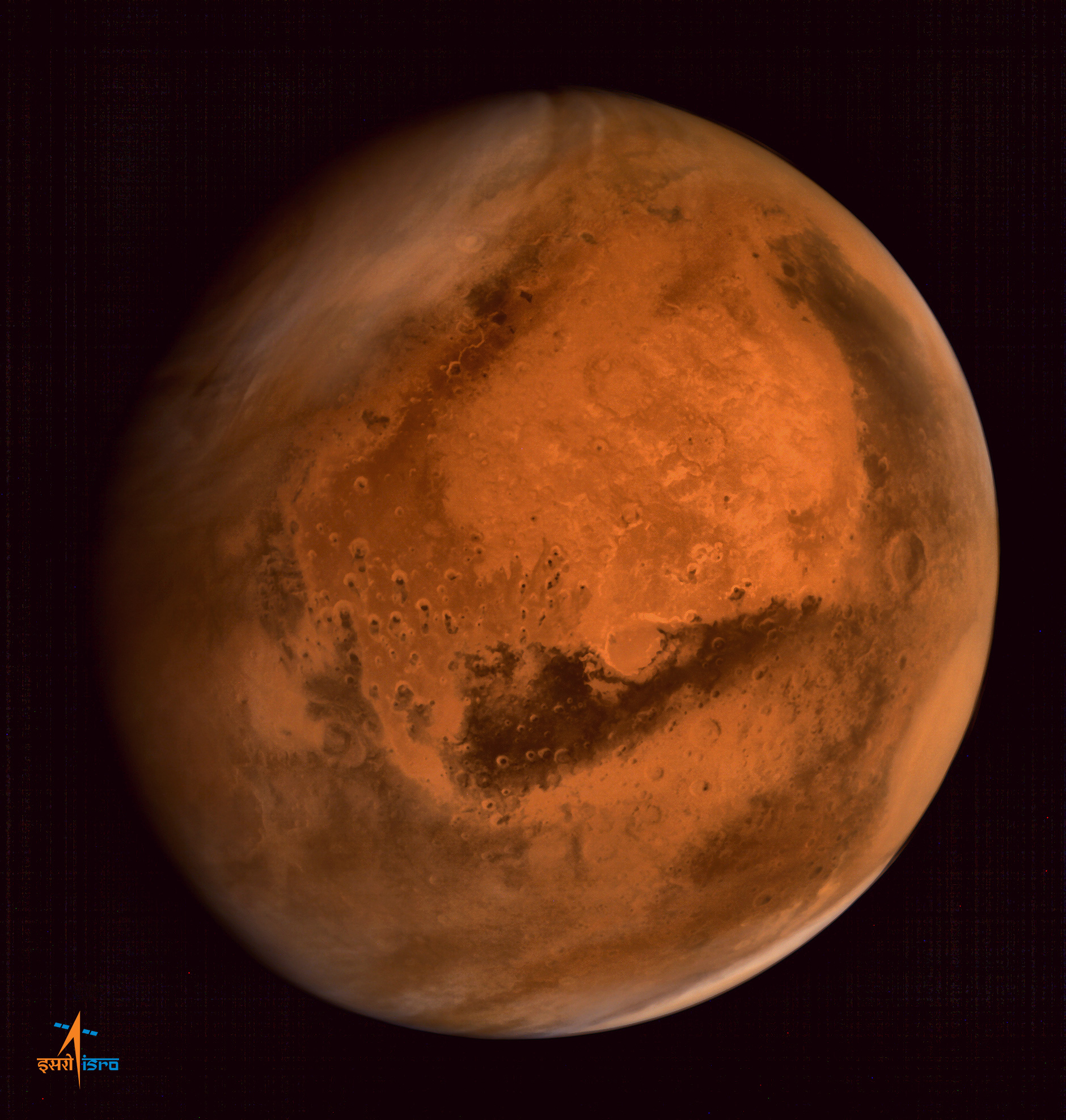Space Science Programme
Space Science research has been an important element of Indian space programme. Specific individual, nationally coordinated, multi-institutional, science payload instrumentation and science mission development projects in atmospheric and space science areas are supported and implemented by ISRO through Advisory Committee for Space Sciences (ADCOS).
Chandrayaan - 1India's first mission to Moon was launched on 22nd October, 2008. The Chandrayaan-1 mission was aimed at high-resolution remote sensing of the Moon in visible, near Infrared, low energy X-ray and high-energy Xray regions. Click here to know more |
|



|
|
MARS Mission
Acc. to PTI, Indian Prime Minister Manmohan Singh announced the Mars Orbiter Mission in his Independence Day address in 2012. The Mars Orbiter Mission launched in the month of November 2013, has five experimental payloads with a total weight of 14.49 kg. The payload includes the Methane Sensor, Thermal Infrared Spectrometer, Mars Color Camera, Lyman Alpha Photometer and Mars Exospheric Neutral composition analyzer. Click here to know more



ASTROSAT
ASTROSAT is a national multi wavelength space borne astronomy observatory, which would enable simultaneous observations of the celestial bodies, cosmic sources in X-ray and UV spectral bands. The uniqueness of ASTROSAT lies in its wide spectral coverage extending over visible (3500-6000 Å), UV (1300-3000 Å), soft X and hard X ray regions (0.5-8 keV; 3-80 keV). The satellite would be launched by PSLV to an altitude of 650 km with 8 deg orbital inclination.
Click here to know more
Astrosat Brochure
Chandrayaan - 2 India’s second mission to the Moon, Chandrayaan-2 is an advanced version of the previous Chandrayaan-1 mission which has been launched on India’s Geosynchronous Satellite Launch Vehicle (GSLV MkIII-M1) on July 22, 2019.It will have an Orbiter, Lander-Vikram and Rover-Pragyan. Chandrayaan-2 will be 1st space mission to conduct a soft landing on the Moon's south polar region.
|
ADITYA
ADITYA-L1 is a first dedicated scientific mission to study the sun. It was earlier supposed to carry one payload, VELC (Visible Emission Line Coronagraph). Now, it will carry additional six more payloads and will be launched around year 2020.
- Solar Ultraviolet Imaging Telescope (SUIT)
- Aditya Solar wind Particle Experiment (ASPEX)
- Plasma Analyser Package for Aditya (PAPA)
- Solar Low Energy X-ray Spectrometer (SoLEXS)
- High Energy L1 Orbiting X-ray Spectrometer (HEL1OS)
- Magnetometer